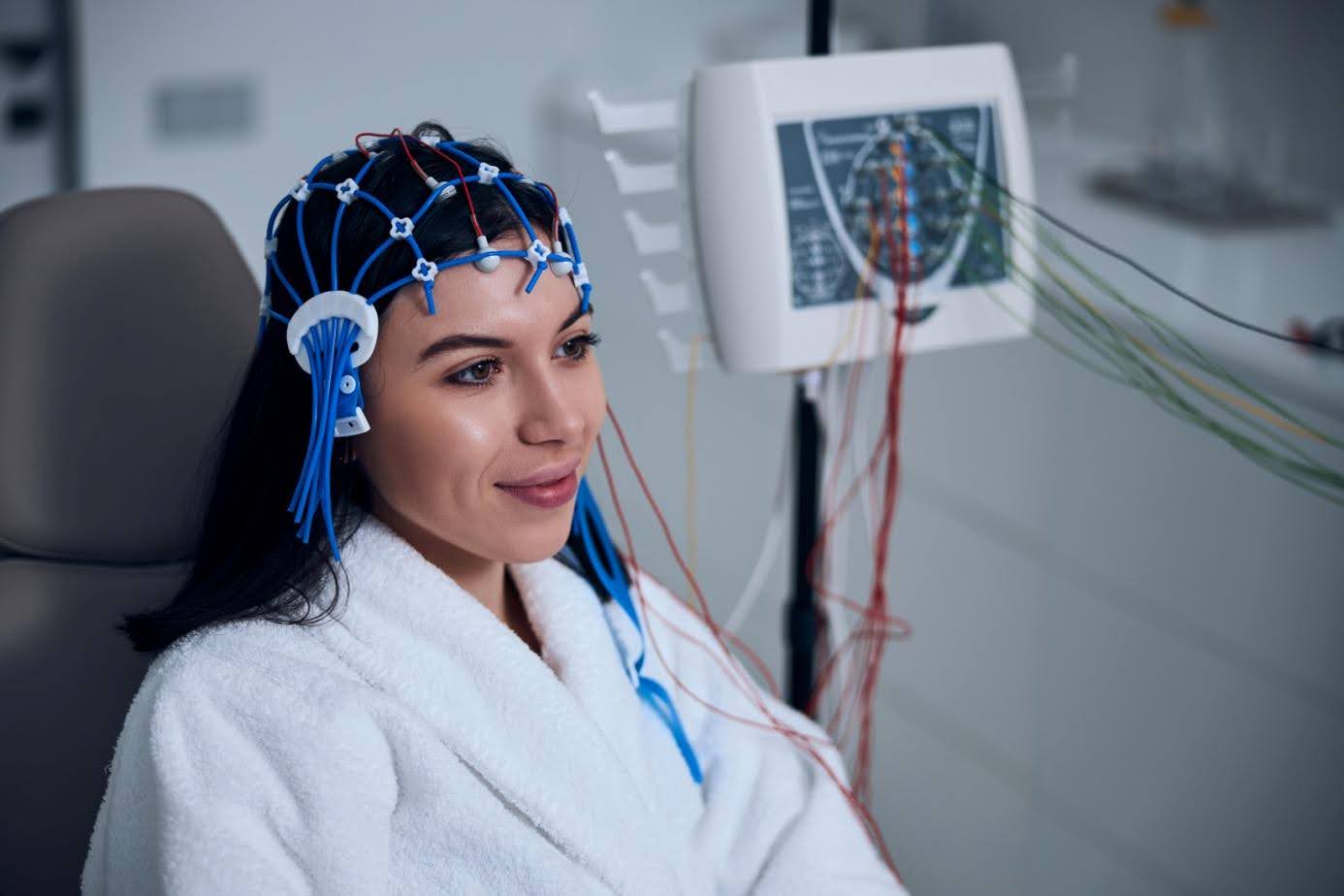
In 2022, approximately 5.2% of Canadians aged 15 and older met the criteria for generalized anxiety disorder over the past 12 months. The prevalence of this phenomenon is increasing significantly. Anxiety manifests through a variety of symptoms that can be identified through appropriate tests. Understanding your condition opens the way to practical solutions.
Recognizing Anxiety Symptoms to Take Action
Anxiety is not always easy to identify, especially when it develops gradually. However, by noticing its signs early, it is possible to prevent worsening and act effectively, particularly among young people.
-
Multiple Symptoms Depending on the Individual
Anxiety disorders can present differently depending on age, context, and personality.
They include physical, emotional, and behavioral manifestations:
| Category | Common Signs |
|---|---|
| Physical | Frequent abdominal pain, accelerated heart rate, muscle tension, sleep disturbances, headaches, or unexplained fatigue |
| Emotional | Excessive worry, marked irritability, constant need for reassurance, hypersensitivity |
| Behavioral | Difficulty concentrating, social withdrawal, refusal to attend school or work, avoidance behaviors in stressful situations |
-
Why Early Detection?
Early detection of symptoms allows for timely intervention with appropriate support strategies. The later the intervention, the more severe the consequences can become and the more complicated they are to manage. Anxiety can go unnoticed or be mistaken for fatigue or laziness, especially in children or adolescents.
Tests and Clinical Evaluation: The First Step Toward an Appropriate Solution
A thorough assessment not only confirms the presence of an anxiety disorder but also determines its nature, intensity, and impact on daily functioning.
-
Which Clinical Tools?
Anxiety assessment tools are recognized and validated for their reliability and safety. Professionals commonly use standardized questionnaires such as:
- GAD-7 (Generalized Anxiety Disorder-7)
- Beck Anxiety Inventory (BAI)
- Hamilton Anxiety Rating Scale (HAM-A)
These tools help estimate symptom severity, track their progression over time, and guide the choice of therapeutic approaches. Results must always be interpreted in a comprehensive clinical context.

In the context of neurofeedback, such as at Neuroperforma, the initial evaluation relies on quantitative EEG, which measures electrical brain activity. This method detects objective markers of stress, brain hyperactivity, or emotional imbalances. This precise assessment contributes to more targeted and personalized care.
-
Essential Professional Support
Analysis of these tests by a qualified professional is crucial. Clinical judgment integrates all collected data—symptoms, medical history, and impacts on daily life—to establish a personalized intervention plan in collaboration with the individual concerned.
Better Diagnosis for Better Treatment: Who to Consult in Canada?
-
Access via the Public System
In the public health network, it is recommended first to consult a family doctor.
They can perform initial symptom screening and, if needed, refer the patient to a mental health professional, such as a psychiatrist or psychologist, in a public facility.
It is also possible to access psychological support through a CLSC psychosocial reception service without a prior medical referral.
However, wait times can be significant, especially for specialized services.
-
The Private Sector Alternative
Many people choose private clinics, where access is often faster. Evaluations are conducted by psychologists or neuropsychologists authorized to diagnose, using standardized tools and recognized methods. Clinics may also offer complementary approaches, such as neurofeedback supervised by qualified professionals.
This option may suit those seeking faster, personalized support, particularly when symptoms significantly disrupt personal, school, or professional life.
Neurofeedback Overview
Neurofeedback trains the brain to modulate its neuronal electrical activity in real-time using visual or auditory feedback.
At Neuroperforma, clinical results are significant, usually by the sixth session. Individuals experiencing anxiety under stress show reduced emotional reactivity, improved mental clarity, and greater emotional resilience. They also report deeper sleep and more leisurely waking.
This approach is non-invasive and personalized. Neurofeedback directly targets the brain patterns associated with anxiety disorders.
Conclusion
By identifying symptoms, using validated tests, and evaluating precise electrical brain activity, everyone can better understand whether they are prone to anxiety or depression. Neurofeedback, as practiced at Neuroperforma, provides a non-invasive, guided method for achieving lasting calm and balance.

